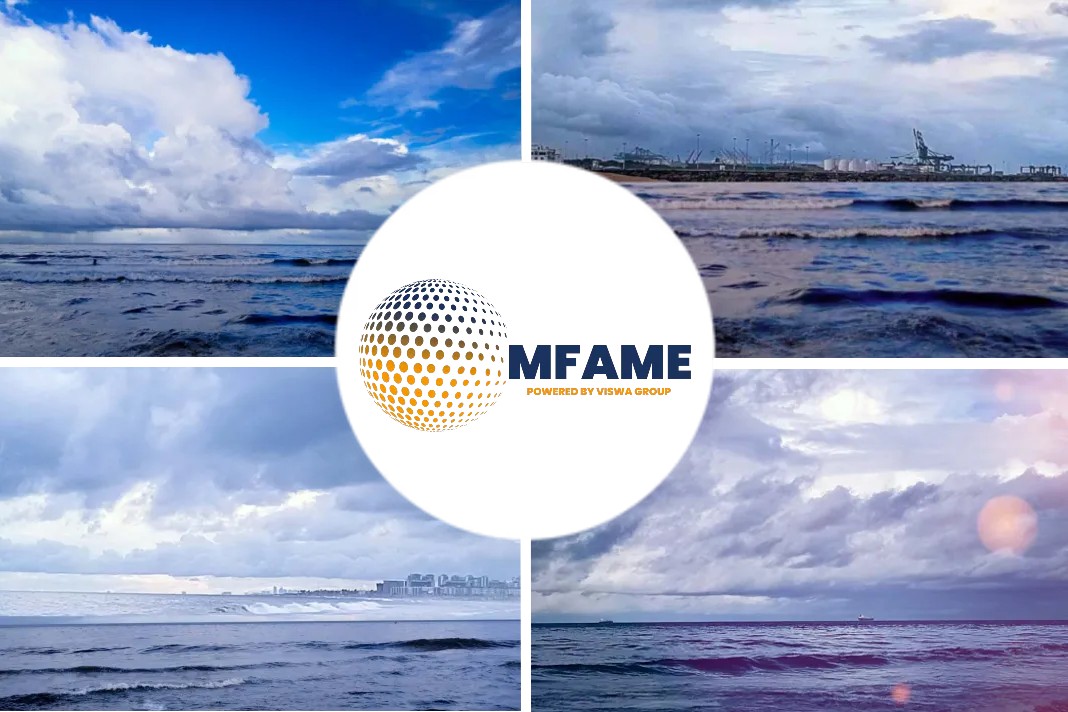
The invention of the modern oil tanker, pioneered by Ludwig Nobel, revolutionized the transportation of oil and other liquids. Prior to tankers, oil was transported in wooden barrels on barges, presenting numerous challenges. The introduction of tankers brought about significant advancements, including airtight and cost-effective transportation methods. Technological progress led to the use of iron and steel hulls and efficient piping systems, enabling the seamless transport of large volumes of liquids and gases. Today, tankers are widely utilized for transporting a diverse range of products such as hydrocarbons (LNG, oil, LPG), chemicals, fresh water, wine, and molasses.
The following is a list of the twelve largest offshore tankers in the world:
1. Knock Nevis
The importance of oil in the global industry is undeniable, and transporting it via tankers has proven to be highly profitable and efficient. The remarkable Knock Nevis tanker stood out as the longest ship ever built, capable of carrying a massive 565,000 tons of oil (compared to regular ships’ maximum capacity of 280,000 tons). With a length of 458 meters, it had the capability to transport oil worth over $125 million in a single voyage, making it a significant player in global oil transportation. Built-in 1976 and later refurbished in 1979, the vessel served as a floating oil storage facility before eventually being dismantled in 2009 at Alang, India.
2. Universal Leader
The Crude Oil Tanker, named Universal Leader, was constructed in 2019 and currently sails under the Panama flag. Classified as a Very Large Crude Oil Carrier (VLCC), the vessel has a gross tonnage of 156,331. With a length overall (LOA) of 336 meters and a width of 60 meters, it was built by Daewoo Shipbuilding & Marine Engineering (DSME) at their Okpo shipyard in Geoje, Korea.
Universal Leader is the first of five VLCCs commissioned under a contract between HMM and DSME. The vessel is equipped with a scrubber system to adhere to the environmental regulations set by the International Maritime Organization (IMO). Additionally, its novel engines ensure optimal fuel consumption for economic efficiency.
3. Shinshu Maru
The Shinshu Maru, an LNG tanker, was constructed in 2019 and currently sails under the flag of the Bahamas. Built by Kawasaki Heavy Industries, it is the second vessel in a series of 177,000 cubic meters LNG carriers. The tanker has a reported draught of 9.8 meters, a length overall (LOA) of 299.9 meters, and a width of 48 meters.
Featuring four separate moss-type tanks, the Shinshu Maru has an increased capacity compared to conventional standards. This allows for docking with main LNG terminals, and the hull is designed to withstand major damage to the LNG tanks. One of the vessel’s destinations is the Panama Canal, which underwent an expansion in 2016.
Powered by a dual-fuel diesel (DFD) engine, the Bahamas-flagged tanker has the flexibility to run on both oil and gas, contributing to its economic efficiency.
4. LNG Schneeweisschen
The LNG tanker, named LNG Schneeweisschen, was constructed in 2018 and currently sails under the flag of Panama. It has a length overall (LOA) of 297.9 meters and a beam of 47.9 meters, capable of reaching a maximum speed of 22.4 knots.
LNG Schneeweisschen is the first vessel in a series of LNG carriers acquired by Mitsui OSK Lines Ltd through a contract with the German utility group Uniper. It boasts a reservoir capacity of 180,000 cubic meters, with a gross tonnage of 111,000 and a deadweight of 97,000.
An important feature of the Schneeweisschen is its low-speed two-stroke engine (X-DF), enabling it to run on natural gas, marine gas oil, and fuel oil. Additionally, it is equipped with a Total Reliquefied Methane Refrigeration System (MRS-F), which, in conjunction with the X-DF engine, allows the reliquefied excess boil-off gas to be returned to the LNG cargo tank. This feature contributes to the vessel’s exceptional economic efficiency.
5. Diamond Gas orchid
The LNG tanker, named Diamond Gas Orchid, was launched in 2018 and secured the fourth position. With a length of 297 meters and a width of 49 meters, the vessel has a gross tonnage of 14,828. It was built by Mitsubishi Shipbuilding Co. Ltd. and is flagged under the Bahamas.
The Diamond Gas Orchid is equipped with the innovative Sayaringo-STaGE next-generation LNG carrier. The “Sayaringo” tank design resembles a combination of a pea pod (Saya) and an apple (Ringo), which reduces air resistance, increases speed, and enhances the tank’s capacity.
The vessel is powered by a highly efficient STaGE engine, which integrates a steam turbine and a gas engine. This engine can run on both gas and liquid fuels, ensuring optimal fuel efficiency and promoting environmental friendliness.
Did you subscribe to our newsletter?
It’s free! Click here to subscribe!
Source: Marine Digital
















